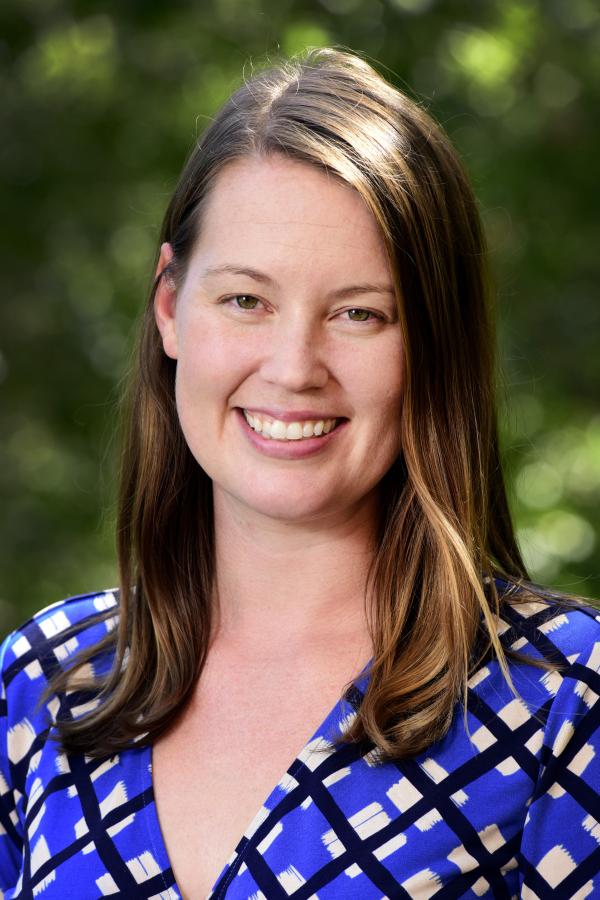Dale Sandler on Risk Factors for Breast Cancer
“Sister Study” Cohort Reveals the Power of Population-Level Research
BY NAOMI GREENBERG, SPECIAL TO THE NIH CATALYST

CREDIT: NIEHS
Dale Sandler and colleagues developed a large-scale prospective study to identify environmental risk factors for breast cancer. As this year’s chosen presenter of the G. Burroughs Mider Lecture, on September 20, she presented an overview of this famed "Sister Study," which she has led for 20 years.
Breast cancer is expected to affect one of every eight women during their lifetime, making it the most common cancer diagnosis in women after skin cancer. Although some genetic and environmental contributors to the alarming incidence have been identified, many of the risk factors are yet unknown.
Dale Sandler, a Senior Investigator at the National Institute of Environmental Health Science (NIEHS), and colleagues developed a large-scale prospective study to identify environmental risk factors for breast cancer. As this year’s chosen presenter of the G. Burroughs Mider Lecture, on September 20, she presented an overview of this famed "Sister Study," which she has led for 20 years.
Launched in 2003, the Sister Study comprises 50,884 women who each had a sister diagnosed with breast cancer. Sandler and her research team have collected data about each woman’s environmental exposures through questionnaires, blood tests, and linking residential histories to geospatial exposure databases.
This ten-minute video commemorates the 20th anniversary of the NIEHS-led Sister Study to discover the environmental and genetic influences on breast cancer. The video showcases how the Sister Study got started, what it has accomplished, and shines a spotlight on the 50,000 study participants who make it all possible.
In her talk, Sandler walked the audience through the risk factors this large dataset enabled researchers to identify—factors that included tobacco use, early life trauma, lack of physical activity, toxic chemicals in hair straighteners, and other environmental risks.
So far, the Sister Study dataset has been the underpinning of over 300 research papers, many funded extramural grants, and multiple dissertations.
But despite the study’s broad success, Sandler said the journey has not been free of challenges. In particular, she said it has been difficult to convey the importance of population studies in a research environment that focuses more on clinical and bench science.
“An ongoing challenge for me has been how to convey the importance of observational epidemiology to those whose one true path to scientific discovery is a mechanistic one. That’s not my true path,” Sandler told The NIH Catalyst. “Fortunately, over time, there has been greater recognition that both observational studies and mechanistic ones are necessary and complementary.”
According to Sandler, cohort studies such as the Sister Study often face criticisms based on their lack of generalizability to a broader population. However, given the sister study’s size and its alignment with other studies, the researchers are confident in the broad applicability of their results and view prospective population-level research as essential to address human health questions that cannot be studied on a molecular or individual level.
“We can think about the problem on a larger scale: how we can take all this basic science knowledge and turn it into something that’s meaningful to improve the health of the population at large,” Sandler said.
Although Sandler also contributed to two other major cohort studies—one studying agricultural exposures and one studying exposure from the 2010 Deepwater Horizon oil spill in the Gulf of Mexico—she says the Sister Study is her proudest accomplishment. “This was something I never thought I’d have the opportunity to do,” she said.
Sandler also said she is proud of her mentorship, for which she has received the NIEHS Mentor of the Year in 2013, the NIH Honor Award in 2018, and most recently the NIH Graduate Partnerships Program Outstanding Mentorship Award in 2019.

CREDIT: NIEHS
Alexandra White worked with Sandler throughout her career as a Ph.D. student, postdoctoral fellow, and now a co-investigator on the Sister Study as a Stadtman Investigator. Sandler expects the next generation of researchers, including White, to take over leadership.
Alexandra White, who worked with Sandler throughout her career as a Ph.D. student, postdoctoral fellow, and now a co-investigator on the Sister Study as a Stadtman Investigator, said Sandler’s mentorship is valuable to her trainees.
“She is such a force of nature, and she’s so inspiring,” White said. “I could not be more thankful that I had the luck of having her as my mentor.”
White emphasizes that the Sister Study would not be the same if it weren’t for Sandler. “It’s just really impressive, the level of research she’s conducted throughout her career.”
Although many findings from the existing data have been published, the applications of the Sister Study are far from over. Sandler expects the next generation of researchers, including White, to take over leadership. The near future of the study might include the totality of environmental exposures, while the long-term goals might include looking at the subsequent generation of sisters to assess intergenerational risks.
According to Sandler, her legacy in the field of breast-cancer research is already emerging as she sees younger scientists take on the mission of the Sister Study and use the data to better understand risk factors in human health.
“I am already seeing it in the former trainees who are now independent researchers elsewhere,” Sandler said. “That will be a terrific legacy, to see them become successful in their careers building on the cohort that I built.”
The Mider Lecture, part of the Wednesday Afternoon Lecture Series, is the highest-profile lecture at the NIH delivered exclusively by an intramural scientist. Dale Sandler’s nomination came from the Women Scientists Advisors, who are a group of elected representatives from each institute or center whose function is to represent the interests of women scientists at NIH. You can watch Dale Sandler's lecture at https://videocast.nih.gov/watch=49939.

Naomi Greenberg was a 2023 summer Research Intern in the lab of Takashi Akera at NHLBI, where she studied meiotic drive in mice. She is pursuing a major in biology with a minor in journalism at Georgetown University (Washington, D.C.) and plans to apply to graduate school to pursue a Ph.D. in evolutionary genetics.
This page was last updated on Tuesday, October 31, 2023
